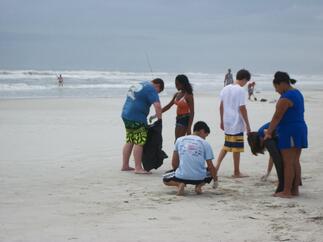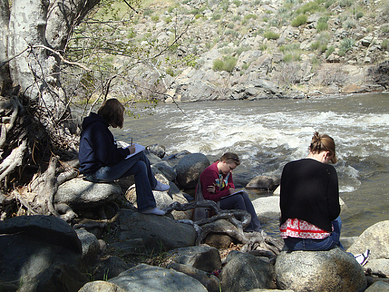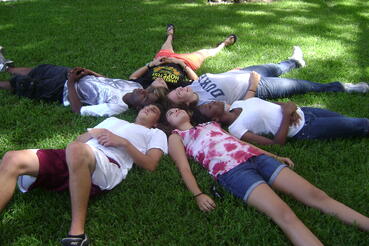Service Learning Curriculum Ideas for Food Drive Projects that will Maximize Impact
 Food drives are intended to educate students about food inequity and encourage students to take action. But is this what is indeed happening in class rooms and campuses? When not properly planned, food drives can do just the opposite, producing unintended consequences that reinforce or exacerbate stereotypes students hold about people living in poverty. Today we are providing ways to use service learning to overcome common challenges of food drives and maximize your intended meaningful impact.
Food drives are intended to educate students about food inequity and encourage students to take action. But is this what is indeed happening in class rooms and campuses? When not properly planned, food drives can do just the opposite, producing unintended consequences that reinforce or exacerbate stereotypes students hold about people living in poverty. Today we are providing ways to use service learning to overcome common challenges of food drives and maximize your intended meaningful impact.
THE BIG PICTURE
Let us take one step back. To avoid negative outcomes, we need to first understand when there is an imbalance of education and action, food drives can unintentionally be piloted in the wrong direction. A private high school in San Francisco used to take students to the poorer parts of town to volunteer at soup kitchens and food banks for a few hours at a time. Malcolm Singer, the school director of community service-learning, explains what can happen when there is action without proper education, “What we realized, when we were driving them back to school, was that (students) were saying the same things about hunger and poverty that they had been saying the day before. We realized we were reinforcing the same negative stereotypes.”[1] The same problem often occurs with food drives-- as there is typically little or no interaction between students and the community their donations are intended to help, and food drives may include little education about the root causes of hunger and poverty. The way to create a food drive that positively impacts both students and the community is simple – educate students about the issues of social justice and show them how to take action. Once a student becomes aware of the injustices in the world, they aspire to be a part of the improvement.
EDUCATE
Nearly fifty million Americans face food insecurity.[2] Education should be centered on the root causes of hunger and poverty with curriculum focusing on who, what, where, and why. Because food insecurity is such a multifaceted issue, it lends itself to easily being incorporated in different areas of study. Below is a list of curriculum ideas for starting discussion and research projects (please keep in mind many of the topics below are not exclusive to the subject they are listed under as there is much intersection between the issues:
- General
- Define hunger and food insecurity.
- Investigate the impact of hunger and how many people it affects.
- Explore relationship of poverty and unequal distribution of food.
- Look at government response to national hunger.
- Health
- Research effects of malnutrition, obesity, diabetes.
- Compare rates of obesity in countries around the world with rates of malnutrition/hunger.
- Examine nutritional value verse cost of food.
- Look at MyPlate and USDA to understand what makes a healthy diet.
- Create a healthy menu of one week for a family of four, price how much it cost to eat healthy.
- Geography
- Define and examine the characteristics of food deserts.
- Identify the causes and consequences of food deserts.
- How does the neighborhood influence the choices made about health.
- Analyze the top five states with greatest food insecurity.
- Economics
- Research SNAP and the Farm Bill.
- Create a formula to address the income needed to eliminate hunger; how much does it cost each week for a family of four to eat healthy? A single person?
- Define the 2014 poverty guidelines.
- Create a budget for a set area (include housing, electricity, water, transportation, insurances, phone, internet); using the area’s minimum wage at forty hours a week as income, analyze how much is left over for food; discuss how unforeseen circumstances (sickness, school expenses, etc.) can affect food purchases.
- Determine what a family of four at poverty level would receive in government assistance, could they feed their family healthily for this amount? If so, for how long? What income is needed?
- Have students track their own health budget for a week, compare to various income levels and assistance programs.
- Social Sciences
- Study laws and policies impacting rate of hunger, poverty, and lack of access to healthy food in America. Are new policies needed?
- Compare current rates of hunger in the US to rates during the 1980s and 1990s.
- Conduct comparative study for how others (various religions, cultures, ethnic groups, countries) approach the process of providing “charity” to the needy.
- Comparative study on who is hungry (rural vs urban, ethnic groups, age, etc.)
ACTION
Now the fun part of service learning: taking action! Engage your students in a meaningful service project to enhance their learning and provide guided practice in social responsibility. Don’t just let the food drive end when sufficient amount of cans are collected, connect the students to the community. Finding a food bank to work with will probably be the easiest part out of everything; there are food banks all across the nation. Feeding America is one of the largest food bank networks providing over 3.3 billion meals trough food pantries and meal programs. They have 200 food banks and 60,000 food pantries serving more than 46 million people each year. Feeding America has a search on their website to help you find you’re your local food bank. Conducting a food drive will require a little planning. Youth Service America provides an in-depth, mainly logistical guide to running a food drive, appropriate for the high school level. No Kid Hungry also has a guide to integrating service learning and eating healthy for classrooms. Please note that both of these materials can be adapted to fit students of different ages.
A FINAL THOUGHT
Canned food drives can be seen as placing a “Band-Aid” on the issues of hunger and food inequity. Service learning projects are the chance for a cure – an emerging generation of socially conscious students dedicated to empowering others, as well as themselves.
“My motto in life is 'If you think it, you can do it' and if we all apply that thought we can end hunger the world over.” (Dionne Warwick)
[1] http://www.tolerance.org/magazine/number-32-fall-2007/feature/beyond-canned-food-drive
[2] http://www.feedingamerica.org/hunger-in-america/impact-of-hunger/hunger-and-poverty/hunger-and-poverty-fact-sheet.html
Photo courtesy of Dolly Duplantier



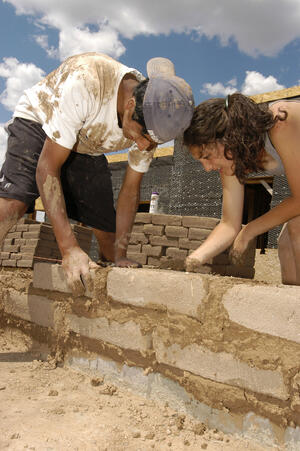
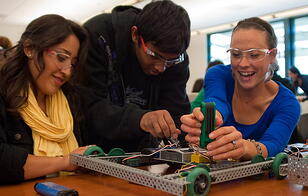 our local and global communities
our local and global communities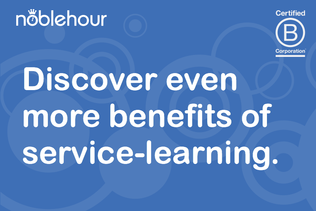

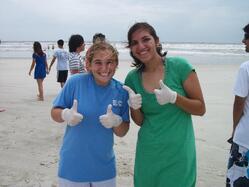
 "
"
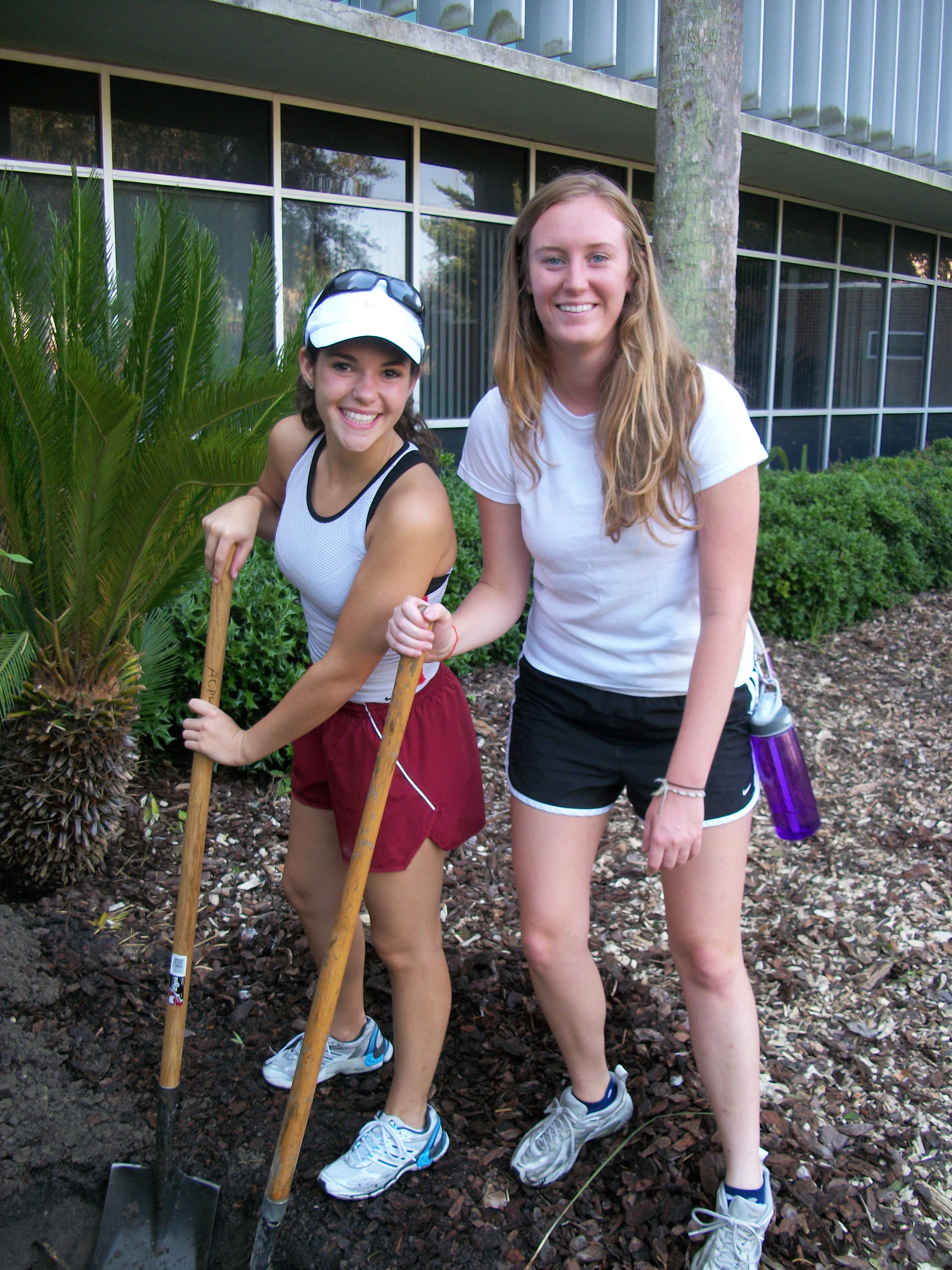.jpg?width=280&height=374&name=101_2388(1).jpg)

